Combining HABIT-ILE and REAtouch®
for intensive, functional rehabilitation
of brain-injured patients
HABIT-ILE is an intensive functional rehabilitation therapy recognised by the scientific community and
health authorities. This method proposes bimanual and locomotor activities carried out in a playful environment.
The aim of these activities is to improve the patient’s motor skills so that they can achieve their functional objectives. The use of REAtouch® during HABIT-ILE therapy has been shown to be as effective as HABIT-ILE therapy alone
for the upper limb in children with unilateral cerebral palsy. This work shows that the REAtouch® device can provide support in the implementation of therapy such as HABIT-ILE.
The HABIT-ILE method
HABIT-ILE therapy (Hand and Arm Bimanual Intensive Therapy Including Lower Extremities) is an intensive, functional and ludic rehabilitation method for cerebral palsy children1,2 and stroke adults3. Developed by Professor Yannick Bleyenheuft (PT, PhD) and her team, the aim of this technique is to stimulate, in the form of a campa, the patient’s motor skills in order to improve their ability to carry out activities of daily living and participate in social activities1. The HABIT-ILE method applies all the principles of structured motor learning1,4. These principles consist of intensive rehabilitationb, including functional and playful tasks, the motor difficulty of which gradually increases during the course of rehabilitation. The movements are performed voluntarily by the patient and are associated with feedback on the result and performance of their actions. All the movements and activities proposed are adapted to each patient, based on their motor abilities and functional objectives. Finally, the HABIT-ILE method is designed to simultaneously and constantly stimulate the upper and lower limbs, as well as the posture of the trunk, in order to provide comprehensive treatment1. For a more detailed description of the HABIT-ILE method, we recommend a scientific article5, a popularisation article6 and also the website of the “Intensive Rehabilitation Foundation”7.
a A HABIT-ILE camp lasts 2 weeks, with 5 to 9 hours of intensive therapy per day, 5 days a week.
b The intensity is defined by a large number of repetitions, a high level of motor commitment and many hours of training.
HABIT-ILE and scientific evidence
HABIT-ILE has been recognised by the scientific community8 and health authorities9 thanks to several randomised controlled trials carried out in cerebral palsy children with bilateral2 or unilateral1 damage. More specifically, it was shown that children who took part in a 2-week HABIT-ILE camp significantly improved their upper limbc and lower limbd functionality in activities of daily living (Figure 1). These improvements were not observed when the same children underwent their usual therapy, for a total duration of treatment comparable to that of HABIT-ILE (Figure 1). In terms of prospects, the HABIT-ILE method has been adapted for stroke adults3. A randomised controlled trial evaluating the value of this protocol in adult stroke patients is currently being analysed10.
c Upper limbs assessed using the Assisting Hand Assesment scale and the ABILHAND-Kids questionnaire
d Lower limbs assessed by the 6-minute walk test and the ABILOCO-Kids questionnaire

Figure 1: Averages (points) and standard deviations (vertical bars) illustrating the evolution of children with cerebral palsy in their ability to carry out activities of daily living with their upper limbs (AHA and Abilhand KIDS)e and with their lower limbs (6 MWT and Abiloco-Kids)4. The grey lines represent the results for children who were assessed following a HABIT-ILE camp followed by a conventional intervention, and vice versa for the dotted black lines.
e The higher the score, the greater the functional capacity.
Enriching collaboration and developments
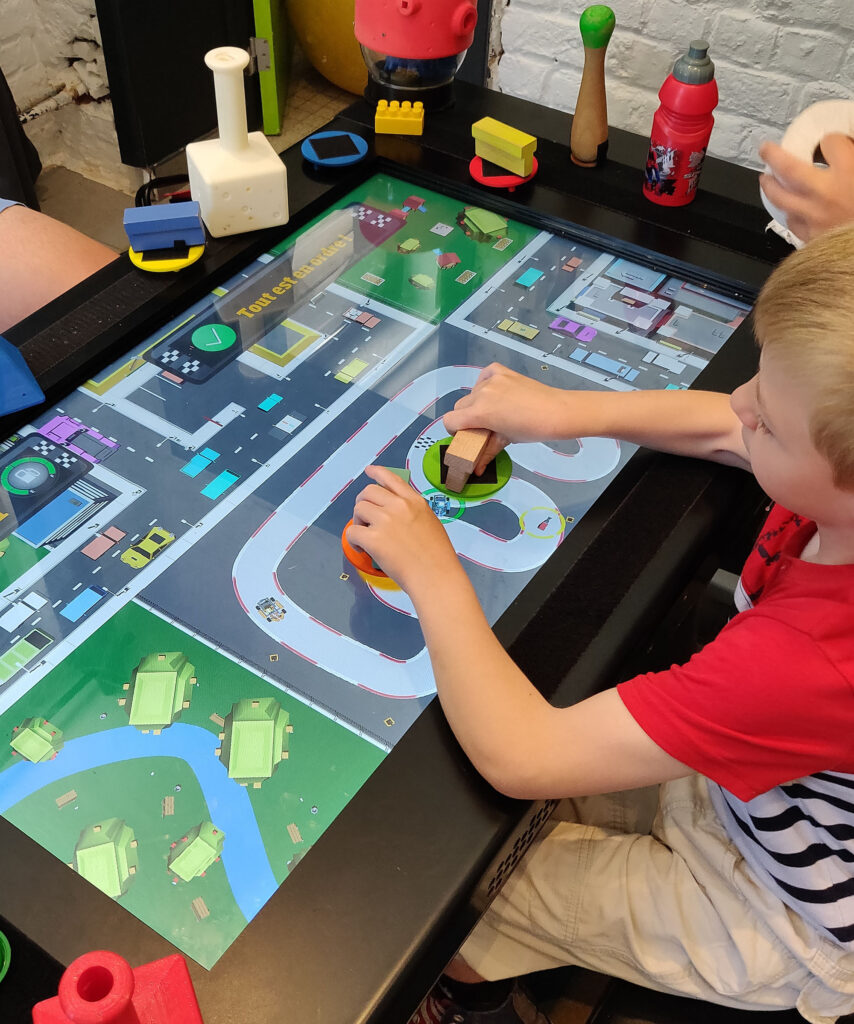
Figure 2 : Illustration of the REAtouch® device used in a HABIT-ILE intervention11.
These promising results led to a collaboration between Axinesis and the Intensive Rehabilitation Foundation to develop an interactive device, REAtouch®, for applying the principles of HABIT-ILE therapy (Figure 2). The use of REAtouch® during intensive courses of HABIT-ILE therapy has been shown to be as effective (i.e. non-inferior) as HABIT-ILE therapy alone in improving the motor skills and functionality of the upper limb in children with unilateral cerebral palsy. This work thus demonstrates that the REAtouch® device can provide support to therapists in the implementation of therapies based on motor learning principles such as HABIT-ILE11. Following this work, a consortium involving Axinesis, Arsalis, UCLouvain and HELHa was set up. The aim of this consortium is to develop a tele-rehabilitation solution combining REAtouch® Lite and the HABIT-ILE method. This solution makes it possible to offer intensive and functional rehabilitation, as well as an assessment protocol, directly at home to brain-injured children and adults. This solution is made possible by remote interaction.
This project, called FRITE@Home, is evaluating the effectiveness of this protocol in the form of intensive courses (65 hours over 2 weeks) and also in the form of follow-up (5 hours per week over 9 weeks)12. Initial results have shown that it is feasible to combine REAtouch® Lite with the HABIT-ILE method at home in order to rehabilitate adults and children with brain injuries13. Two randomised controlled trials evaluating the efficacy and cost-effectiveness of these techniques in those patients are due to start in 2023 (Clinical trials: NCT05740605 and NCT05727111). This project, supported by the consortium and subsidised to the tune of €1.8 million by the Walloon Region, represents a unique opportunity that will enable us to help improve the autonomy and well-being of patients by offering them a solution for functional and intensive remote rehabilitation at home.
To summarise...
HABIT-ILE is an intensive, functional rehabilitation method that improves the functional abilities of brain injured patients. The effectiveness of HABIT-ILE interventions has been recognised by the scientific community8 and health authorities9 thanks to several randomised controlled trials carried out in children with cerebral palsy with bilateral2 or unilateral1 damage.
Other studies have shown that the combination of the HABIT-ILE method and REAtouch® is effective in improving the motor and functional abilities of these patients11. This research shows that REAtouch® can provide support in implementing the principles of motor learning during rehabilitation. Our ambition is that any therapy complying with neuro-rehabilitation recommendations, including the principles of motor learning, can be optimised through the use of our REAtouch®, REAtouch® OBOC, and REAtouch® Lite devices, from the hospital to the patient’s home.
Our partners
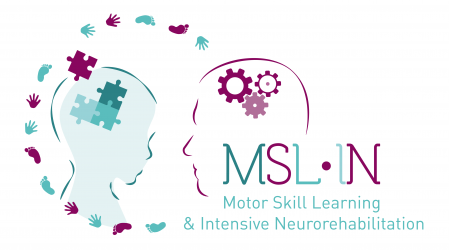
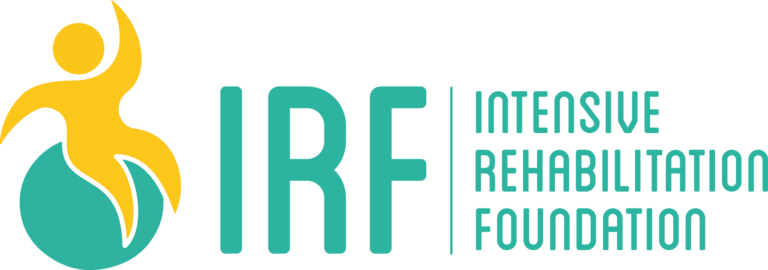

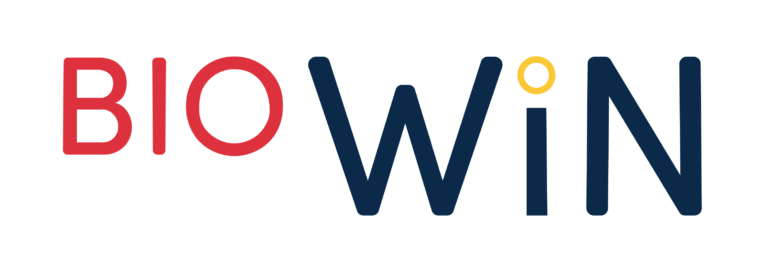

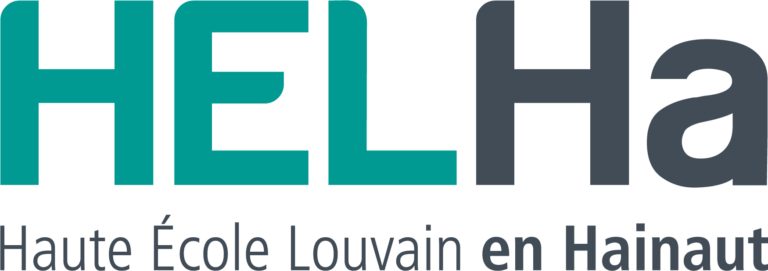
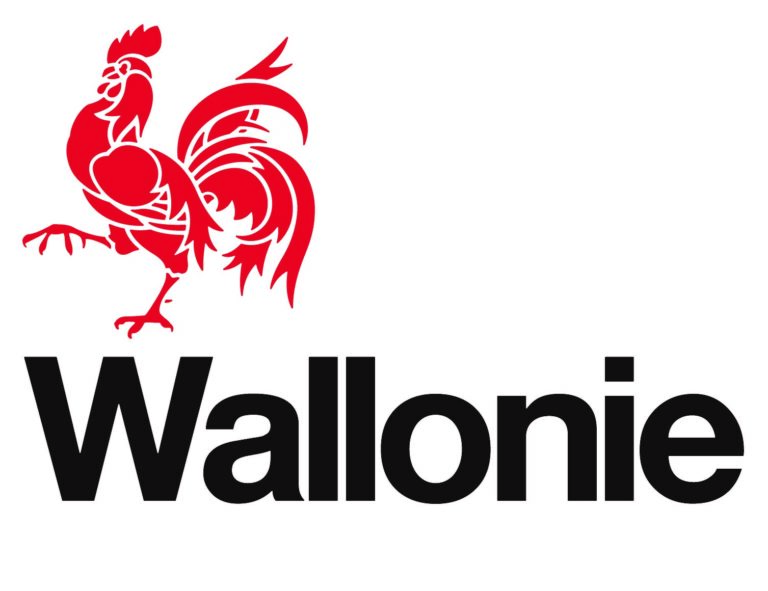
Relevant links
- BIOWIN project: https://biowin.org/fr/2021/06/07/fritehome/
- MSL-IN facebook page: https://www.facebook.com/MSLINlab.UCL/
- Introduction of HABIT-ILE in video by MSL-IN: https://www.facebook.com/watch/?v=566868828823476&ref=sharing
References
- Bleyenheuft Y, Arnould C, Brandao MB, Bleyenheuft C, Gordon AM. Hand and Arm Bimanual Intensive Therapy Including Lower Extremity (HABIT-ILE) in Children With Unilateral Spastic Cerebral Palsy: A Randomized Trial. Neurorehabil Neural Repair. 2015;29(7):645‑57.
- Bleyenheuft Y, Ebner-Karestinos D, Surana B, Paradis J, Sidiropoulos A, Renders A, et al. Intensive upper- and lower-extremity training for children with bilateral cerebral palsy: a quasi-randomized trial. Dev Med Child Neurol. 2017;59(6):625‑33.
- Ebner-Karestinos D, Gathy E, Carton De Tournai A, Herman E, Araneda R, Dricot L, et al. Hand-Arm Bimanual Intensive Therapy Including Lower Extremities (HABIT-ILE) in adults with chronic stroke: protocol of a randomised controlled trial. BMJ Open. 2023;13(4):e070642.
- Friel KM, Kuo HC, Fuller J, Ferre CL, Brandão M, Carmel JB, et al. Skilled Bimanual Training Drives Motor Cortex Plasticity in Children With Unilateral Cerebral Palsy. Neurorehabil Neural Repair. 2016;30(9):834‑44.
- Bleyenheuft Y, Gordon AM. Hand-Arm Bimanual Intensive Therapy Including Lower Extremities (HABIT-ILE) for Children with Cerebral Palsy. Phys Occup Ther Pediatr. nov 2014;34(4):390‑403.
- https://theconversation.com/le-jeu-pour-soigner-les-enfants-atteints-de-paralysie-cerebrale-117580/.
- https://intensiverehab.be/.
- Novak I, Morgan C, Fahey M, Finch-Edmondson M, Galea C, Hines A, et al. State of the Evidence Traffic Lights 2019: Systematic Review of Interventions for Preventing and Treating Children with Cerebral Palsy. Curr Neurol Neurosci Rep. 2020;20(2):3.
- Haute Autorité de Santé. Rééducation et réadaptation de la fonction motrice de l’appareil locomoteur des personnes diagnostiquées de paralysie cérébrale. 2021.
- Vandermeeren Y, Bleyenheuft Y. HABIT-ILE in Adults With Chronic Stroke (HABIT-ILE Stroke) [Internet]. Disponible sur: https://clinicaltrials.gov/ct2/show/NCT04664673
- Saussez G. Virtual-based intervention to improve functional abilities in children with cerebral palsy. Development and testing of motor function interventions based on motor skill learning using a virtual device [Internet]. Université catholique de Louvain; 2021. Disponible sur: http://hdl.handle.net/2078.1/245798
- Rosseli Z, et al. Implémentation d’HABIT-ILE à domicile pour les enfants atteints de paralysie cérébrale bilatérale : protocole d’une étude randomisée contrôlée. Kinésithérapie la Revue. 2023;23(255), 71.
- Rosseli Z, et al. HABIT-ILE@home for children with cerebral palsy and adults with stroke : a pilot study. 2022; Congress of Tech to Rehabilitation, University of Hasselt.